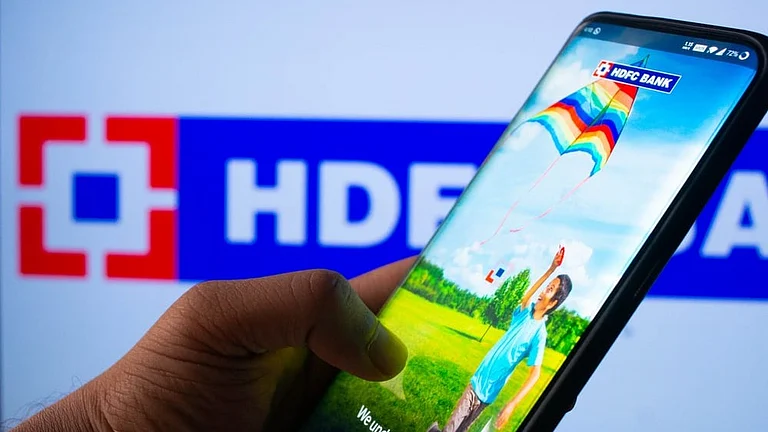If we look ahead in the short term, most of the innovation will come in the enabling ecosystem being provided by the telecom industry – faster and cheaper data along with cheaper handsets backed up by the universal proliferation of bank accounts. India has over a billion mobile connections with around 240 million Smartphone users and is expected to grow to 520 million by 2020. The National Optical Fiber Network initiative under Digital India will connect 250,000 gram panchayats across rural India and increase adoption of data services. The Pradhan Mantri Jan Dhan Yojana, through 256 million accounts and 195 million cards (as on 23 Nov’16), has provided the infrastructure for universal access to banking.
Demonetisation impact
The most talked about topic over the last few weeks has been demonetisation and it will herald in a new age of cashless payments. Cash is the source of many ills ranging from supporting a shadow economy and idle cash reducing the velocity of currency to high costs of printing and managing currency notes. A recent report by VISA estimates these costs to be extremely high – India’s net cost of cash is 1.7% of GDP while foregone tax revenues from the shadow economy, estimated to be 19% of India’s GDP, account for 3.2% of India’s GDP. There is no doubt that we have reached an inflection point in the growth of non-cash payments and we will witness a paradigm shift in the transacting patterns going forward.
In the field of payments, we are witnessing a host of newer technologies like Contactless payments (NFC), HCE (Host Card Emulation) technology, tokenisation etc. that can make payments simple for consumers without compromising security. Technologies like mVISA using QR codes and Unified Payment Interface (UPI) should enable permeation of merchant acceptance into smaller towns and smaller merchants.
Unified Payment Interface
My view is that the launch of UPI will provide a significant fillip in the proliferation of low cost acquisition infrastructure by allowing Smartphones to substitute costlier PoS devices. UPI will be a game changer in way that it is a unique interface which works 24x7 across the banking system and is instant, safe, secure, cost effective and convenient to use. UPI allows payments to different merchants without the hassle of typing one’s card details, or net-banking password. UPI is built on top of the IMPS, which we have used to instantly transfer money between accounts with different banks.
All money transfers with UPI are secured with the 2 Factor Authentications (2FA) as mandated by RBI – the first factor being your phone and the Mobile PIN as the second. UPI is likely to benefit the overall payments ecosystem as the payments service can be provided by banks to the merchant with an entry level Smartphone and there is no need to install PoS machine at the place of business.
Trust building
At the core of any meaningful relationship is trust. Establishing a deeper customer relationship is not solely about offering the most relevant products and services; it also means we must ensure and proactively protect our customers’ financial security through a risk-focused culture. We will see more and more products being tailored to individual customer needs. Banks will have to play their part by helping customers become comfortable using digital channels, focusing on strengthening the security frameworks and mitigating breaches, educating customers on safe practices and above all focusing on excellent customer experience to delight them.
Read the first part here: Future of Consumer Banking
In conclusion, we can see that the financial services industry will continue to be a hotbed of innovation and it will necessitate Banks to remain agile to make the most of the opportunities that arise. However, we should also be cognizant of the fact that less than a third of the population actively use digital channels for banking purposed and, irrespective of the technological advances, we should not undermine the importance of bank branches. Bank branches are here to stay. They might not be on top of the priority list as they once used to be, but retail bank branches will continue to play an important role for a foreseeable future.
As technology is opening up new avenues for banks and customers alike, at the end it all boils down to how banks seamlessly blend the physical and virtual touch points required to create a consistent omni-channel experience and there’s where physical branches will have to play an important role. While there will be fewer and smaller branches, they will definitely be smarter and more open. This transformation will be mandatory to stay relevant. Like Apple Stores future branches will be high on design and technology. Branches will acquire abilities to draw customers to just walk in to them only to get a feel of what’s inside. Branches will move up the value chain where less and less transactional activities will be performed at the branches in favor of high value sales and financial advice.
The above trends are just a few primary possibilities and don’t add up to a revolution as yet. What’s needed is a complete mind set change of bankers, if Indian banks are to harness the power of this new wave in technology. Big data will no doubt get a lot bigger with billions of devices capturing our every move, our every like and every dislike. Ability to convert all this data into actionable financial insight for the customers is going to make a lot of banks very successful – or, in the case of those who do nothing, possibly obsolete? Time will tell.
Rajiv Anand is Executive Director, Axis Bank



























